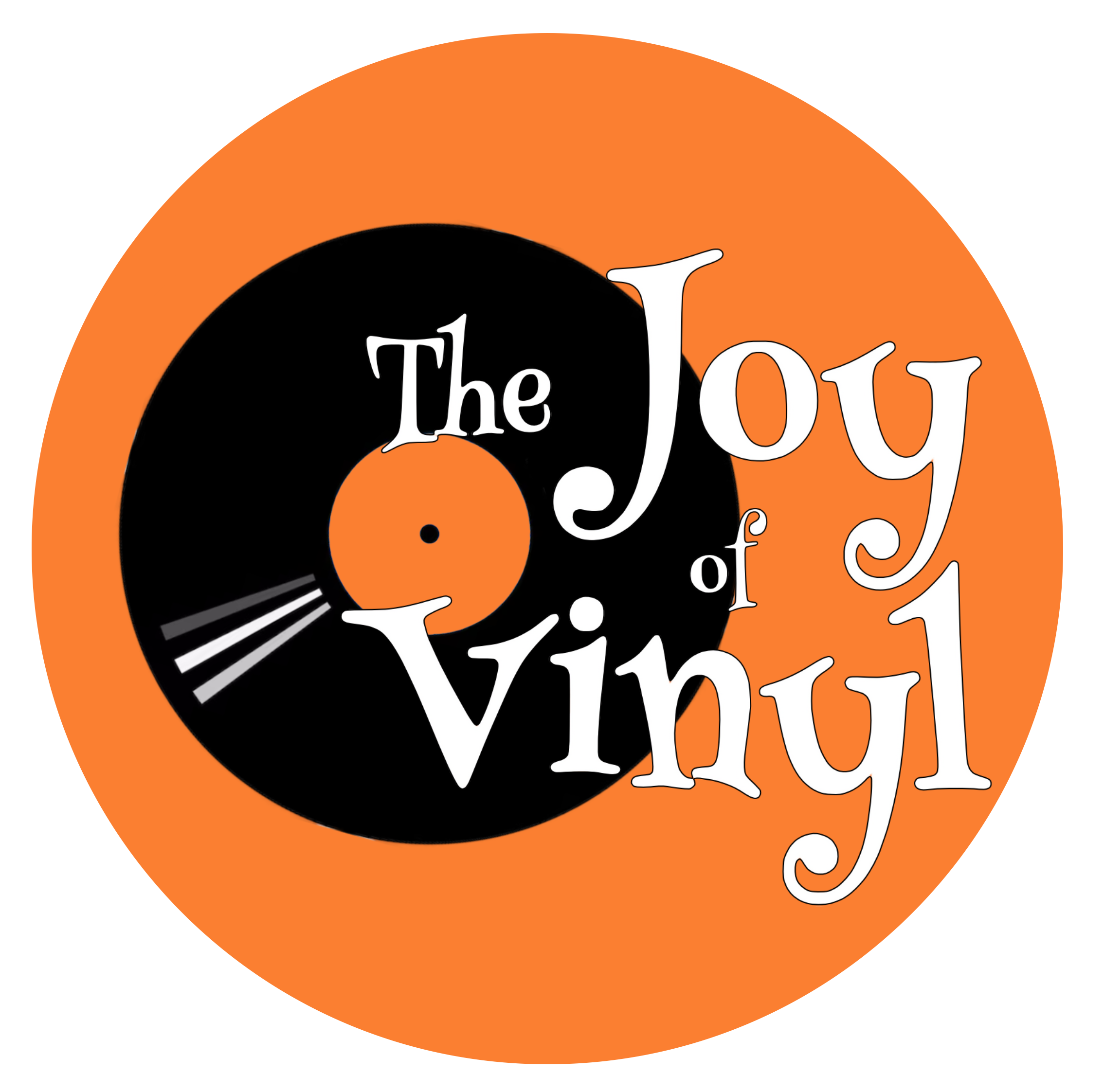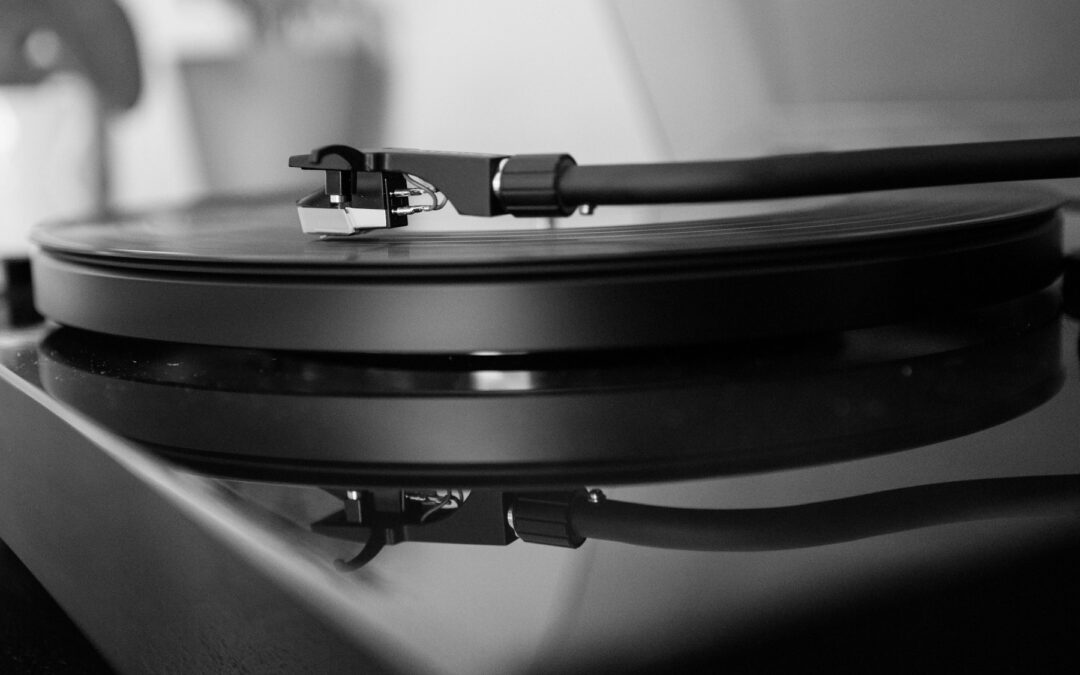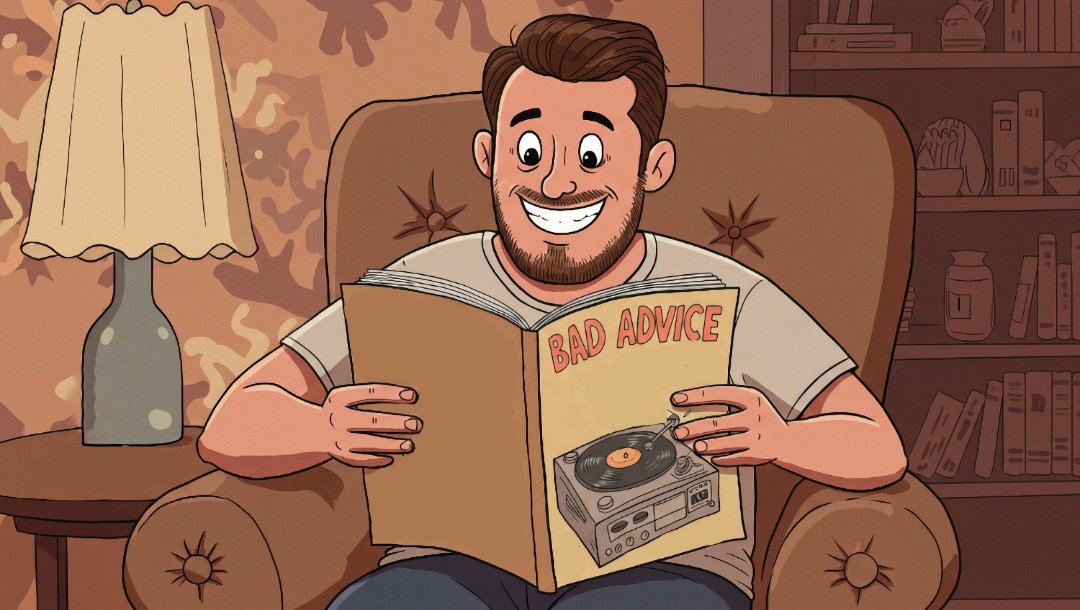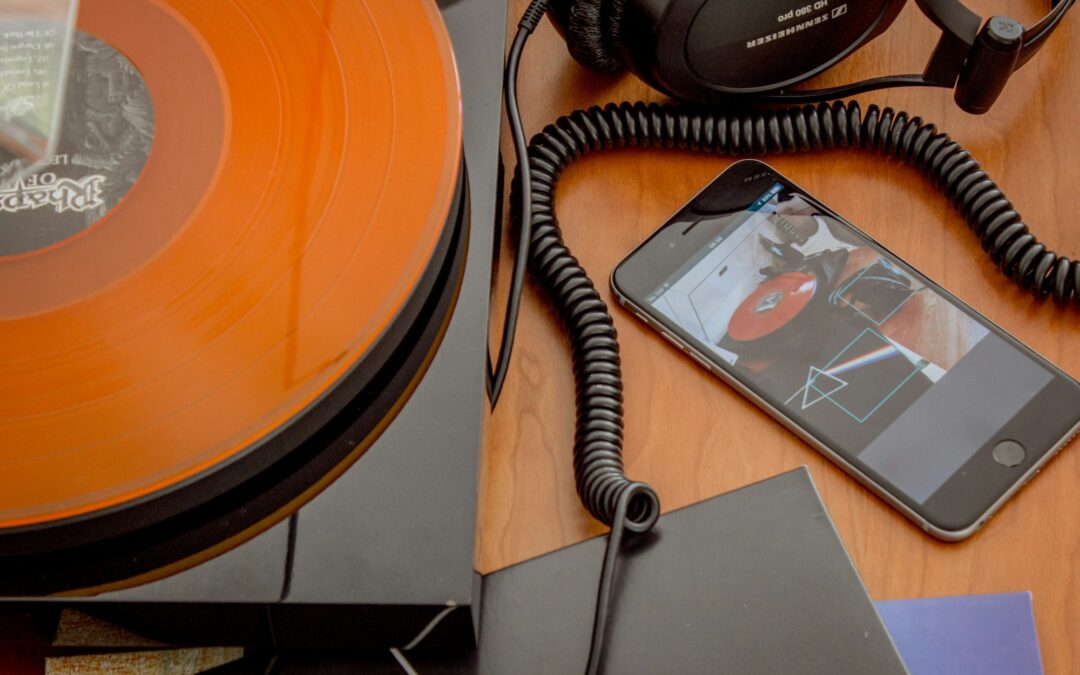I recently created a video on my YouTube channel that addresses the argument in some audio circles around digital and analog sources. I specifically focused on whether it was a bad practice to press a vinyl record from a digital source. I do not have an issue with this (and I explain why). I ended the video with the statement that a mindful cook (in this case, a mastering engineer) works with the best ingredients when creating a dish. A DSD file (Direct Stream Digital) could serve as the key ingredient for a well-mastered vinyl record.
I left out quite a lot.
Why? Because the primary focus of my channel isn’t to delve into philosophical debates about sound. That would be for a different audience, one for which I do not have a channel for.
So here we are.
I didn’t address whether the human ear can hear a difference, even on a subconscious level, and whether it matters.
I believe it does.
A VOICE IN THE CHAOS
Quite some time ago, I read an article written by Dr. John Diamond about digitized recordings and stress. The article sent me into a rabbit hole about analog and digital sound and how it’s perceived. For me, the question was, “Is it perceived?”. Dr. Diamond seems to think so and has made it part of his life’s work to understand why. In short, as a psychologist, Dr. Diamond used music therapy to help his patients. At the beginning of his practice, the music was on a vinyl record. These records were used to alleviate stress. All was well until Dr. Diamond transitioned to using the more convenient CD. His patients exhibited the opposite effect than what he’d witnessed when he used LPs (aka vinyl records). The music was the same, but the playback format had changed. A piece of music that had once reduced stress now increased it when played from digital technology and a digital format.
While there may have been other factors in play with his patients (as I’m sure Dr. Diamond will readily agree), the premise of that article never left me, and I think of it every time I encounter the analog/digital argument.
HOW WE HEAR
Our hearing is analog. No surprises there. I think we can all nod our heads in agreement there. When sound waves strike our eardrums, the vibrations resulting from this contact turn into nerve impulses. The impulses are conducted to the brain for interpretation. When I clap my hands, the brain matches the sound with earlier experiences to match and identify it as a hand clap. The brain likes consistency in sound. When it encounters something it doesn’t recognize, it has to interpret it as a safe or dangerous sound. Our senses evolved to perform this interpretation – all senses. If our brain can match the sound to something it has heard before, and it didn’t lead to danger, then all is well. Potential crisis averted. Our brains recognize and predict what comes next when stimulated by our senses. A lot goes on in the black box of our skulls.
I believe this is why a piece of music sounds better to us after a second or third listen. Our brains have cataloged the sound so the next time it’s encountered, it can be matched and predicted. It’s safe. So enjoy.
BACK TO THE DEBATE
I completely simplified the intricate processes behind how we hear in the previous section, but I did so to set the stage before returning to the argument. If we hear in analog, does it matter what the source of that sound is? When the sound waves hit our ears, what happens from that point on is an analog process. Suppose we listen to a high-resolution digital CD (such as SACD). Isn’t that immediately better than a vinyl record with all the underlying noise introduced (even imperceptibly) by the fact that a diamond is dragged through a plastic grove?
My answer to the argument, and what is almost always neglected, is the “space in between”.
THE SPACE “IN BETWEEN”
When asked why they prefer vinyl over digital, many enthusiasts will use terms such as “warm”, “pleasing”, or “rich”. They will use the opposite terms to describe the digital listening experience (i.e., “cold”, “harsh”, “sterile”). Digital enthusiasts point out the hiss, pops, clicks, and distortion presented by the vinyl record playback. They are not wrong. A badly cared for record, or one that has never been cleaned, will exhibit more of these unwanted artifacts that come with a poor playback experience.
There can be no arguing that a digital recording can more accurately and precisely reproduce the recorded sound (with a competent engineer at the helm) than analog. The finer details are intact. It stands to reason that using that digital source recording for a vinyl record would be just as accurate. So why bother with the analog conversion when a SACD or even a standard CD, appropriately mastered, would be cheaper, more portable, and, more importantly, digital? Why introduce a step to vinyl at all?
I would argue, and I touched on this in the video, that there is an added dimension here that is missed and that the arguments never address. I am fond of borrowing a term from the culinary world—“umami”. Umami is a Japanese word used to describe the rich, savory taste present in some dishes. It’s almost indescribable. It’s not savory, sweet, bitter, or sour—it’s something else.
The vinyl record experience brings this “something else” to the table (to further the analogy). What is added is the taste of “umami”. Taken separately, a digitized sound is analytical. Between the 1s and 0s used to reproduce sound, there is only silence. Dead, quiet, unnatural, silence. The analog experience delivered by a vinyl record is all noise. Between the notes, there exists noise. Take a high-resolution digital file and press it to vinyl, and you add a new “umami-inducing” experience… Noise.
A mastering engineer, the chef here, will ensure the transfer is as faithful as possible. Still, there will always be noise between the spaces.
This is the difference the arguments always fail to address. A sensory deprivation chamber can be an unpleasant experience. Deprive our senses of stimulation and the brain doesn’t know quite how to handle it. For some, this absence of sensory input can feel unnatural or eerie, creating a sense of vulnerability or anxiety. As Dr. Diamond stated in his article, “At some level the ear perceives a signal that it recognizes as unnatural and alarming. This instantly causes a stress reaction.”
The brain craves sensory data to interpret the world. Absolute silence, even in minute doses “between the spaces”, can feel unnerving. Without being conscious of it, we are aware something is missing.
The vinyl record experience provides that missing data in the most savory and subtle ways.
– READ NEXT –
Subscribe to The Joy of Vinyl Newsletter




